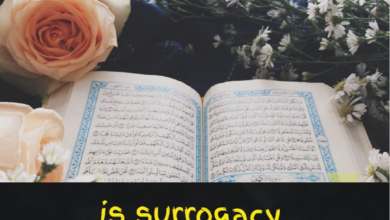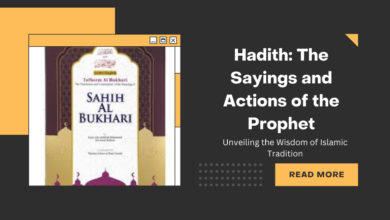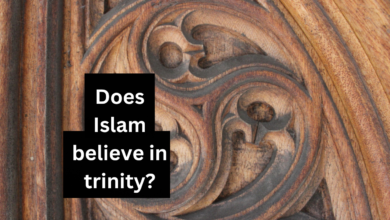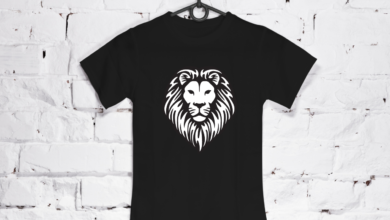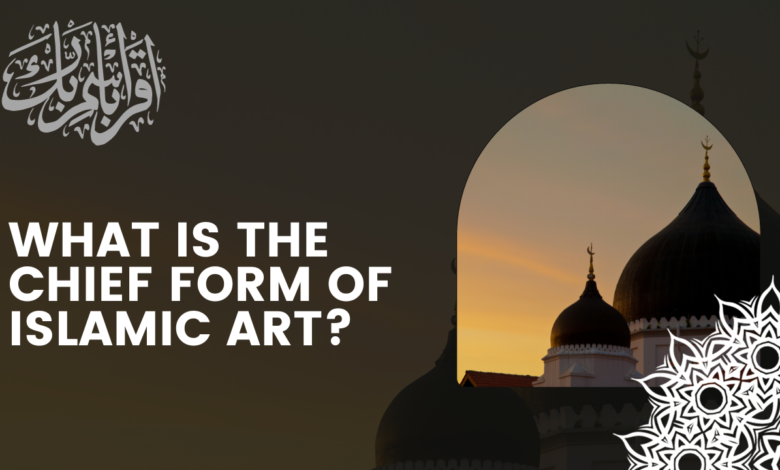
What is the chief form of Islamic art?
The chief form of Islamic art is Islamic calligraphy. It is the art of beautiful writing that encompasses various script styles, often used to convey Quranic verses, religious inscriptions, and other meaningful texts in an ornate and aesthetically pleasing manner.
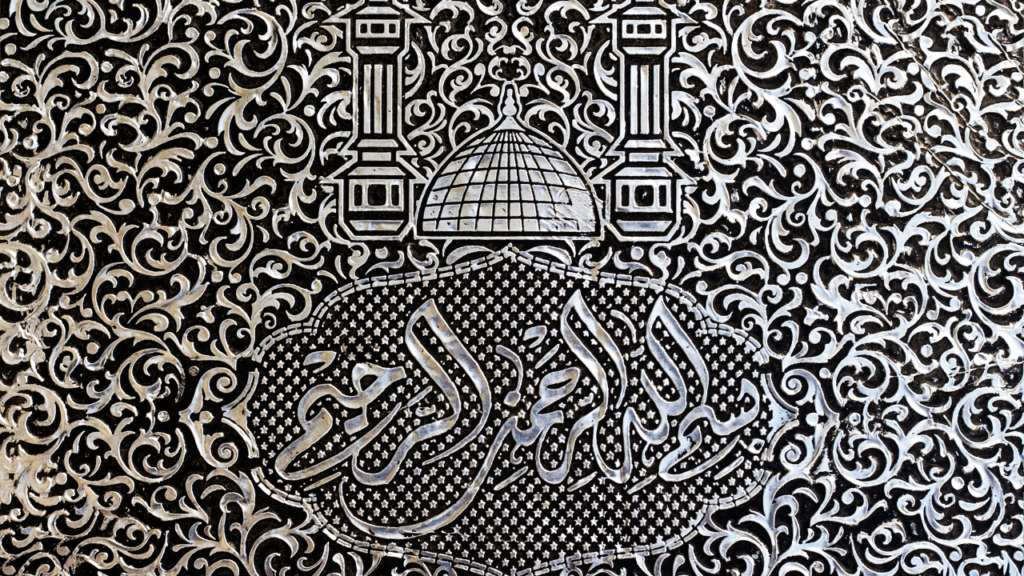
Introduction
Islamic art is a rich and diverse tradition that spans over 1,400 years and encompasses a wide range of artistic expressions. From the intricate geometric patterns adorning mosques to the breathtaking tilework that graces palaces, Islamic art has captivated the world with its beauty and complexity. However, if one were to identify the chief form of Islamic art, it would undoubtedly be Islamic calligraphy. Calligraphy, the art of beautiful writing, holds a special place in Islamic culture, both as a form of artistic expression and as a means of conveying religious and cultural significance.
The Importance of Calligraphy in Islam
Islamic calligraphy has deep roots in the Islamic faith and culture. It is considered the most noble and revered form of artistic expression within the Islamic world. The significance of calligraphy lies in its ability to convey the written word of God, as found in the Quran, in a visually stunning and spiritually uplifting manner.
- Quranic Calligraphy: The Quran, the holy book of Islam, is written in Arabic, and it is the ultimate source of guidance for Muslims. To honor the sacredness of the Quran, Islamic calligraphers have developed numerous styles of writing known as scripts, each with its own unique beauty and complexity. Quranic calligraphy is characterized by its ornate and elaborate design, with verses from the Quran often written in intricate scripts and adorned with decorative elements. The purpose of Quranic calligraphy is not only to convey the text but also to inspire a sense of awe and reverence in the viewer.
- Religious Inscriptions: Calligraphy is not limited to the Quran alone; it is used extensively to inscribe religious verses, sayings of the Prophet Muhammad (peace be upon him), and the names of Allah. These inscriptions can be found in mosques, madrasas, palaces, and other Islamic architectural marvels. They serve to remind believers of their faith and provide a sense of spiritual connection.
Also Check
- What was the Islamic revolution?
- Where is the place of worship for Islam?
- Rights of a Muslim Wife upon Her Husband
- Charity As Taught By Quran And Prophet Muhammad (PBUH)
- Fragrance of the beloved Prophet Muhammad (PUBH)
- What conditions were laid between the Muslims and the infidels on the occasion of peace at Hudaybiyah?
The Styles of Islamic Calligraphy
Islamic calligraphy comprises several distinctive scripts, each with its own history and aesthetic characteristics. Some of the most prominent calligraphic styles include:
- Kufic Script: Kufic is one of the earliest calligraphic styles, characterized by its angular and geometric shapes. It is often used for inscriptions on buildings and monuments.
- Naskh Script: Naskh is known for its legibility and regularity, making it a popular choice for copying the Quran. It is marked by rounded letters and a flowing, cursive style.
- Thuluth Script: Thuluth is characterized by its tall, vertical letters and is often used for monumental inscriptions and decorative purposes.
- Diwani Script: Diwani is an intricate script known for its decorative and ornamental qualities. It is often used for official documents and royal decrees.
- Nasta’liq Script: Nasta’liq is a Persian calligraphic style known for its flowing and graceful lines. It is commonly used for poetry and artistic compositions.
The Cultural Significance of Islamic Calligraphy
Islamic calligraphy goes beyond its religious and spiritual significance; it is also a powerful reflection of the rich cultural heritage of the Islamic world. It has influenced various forms of art and design, including textiles, ceramics, and architecture. The intricate patterns and designs seen in Islamic calligraphy have inspired artists and designers worldwide.
Furthermore, calligraphy has played a pivotal role in preserving and transmitting Islamic knowledge and culture. Throughout history, calligraphers have painstakingly copied manuscripts, preserving not only the text but also the aesthetic beauty of the written word.
Conclusion
In the vast and diverse realm of Islamic art, calligraphy stands out as the chief form of artistic expression. Its ability to convey the word of God with unparalleled beauty and grace, along with its deep cultural and historical significance, makes it an integral part of Islamic culture and identity. Islamic calligraphy is not merely an art form; it is a testament to the enduring power of the written word and the enduring legacy of Islamic civilization.
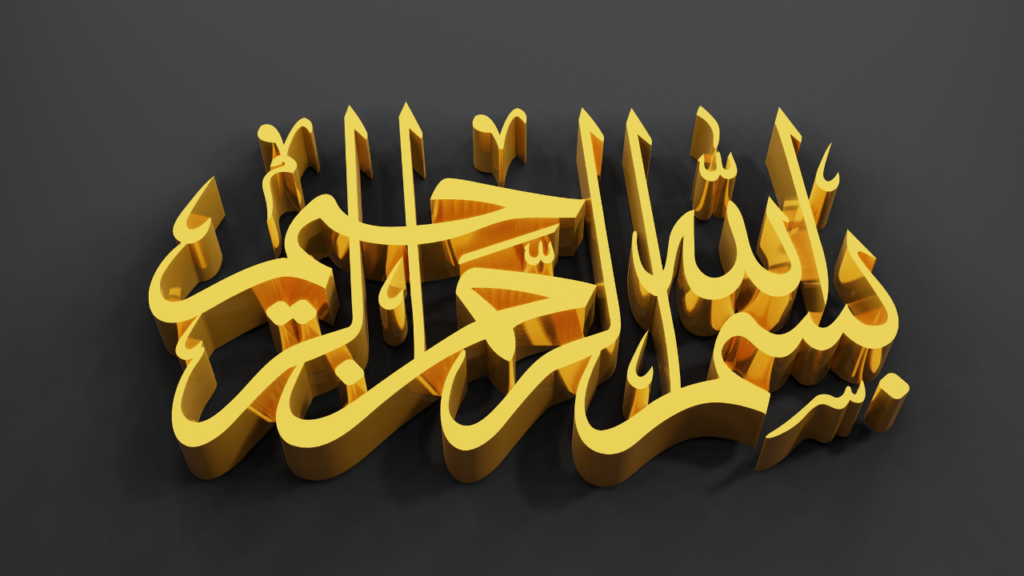
FAQs about “What is the Chief Form of Islamic Art?”
What is the chief form of Islamic art?
The chief form of Islamic art is Islamic calligraphy. It is the art of beautiful writing that encompasses various script styles, often used to convey Quranic verses, religious inscriptions, and other meaningful texts in an ornate and aesthetically pleasing manner.
Why is calligraphy considered the chief form of Islamic art?
Calligraphy holds a special place in Islamic culture due to its ability to visually represent the word of God, as found in the Quran, and convey religious and cultural significance with intricate and decorative designs.
What are some prominent calligraphic styles in Islamic calligraphy?
Some notable calligraphic styles include Kufic, Naskh, Thuluth, Diwani, and Nasta’liq. Each style has unique characteristics and applications.
Where can we find Islamic calligraphy in Islamic art?
Islamic calligraphy is prominently featured in mosques, madrasas, palaces, and other architectural wonders, often in the form of inscriptions, religious verses, and decorative elements.
What is the cultural significance of Islamic calligraphy?
Beyond its religious importance, Islamic calligraphy has influenced various forms of art and design, reflecting the rich cultural heritage of the Islamic world. It has also played a role in preserving and transmitting Islamic knowledge and culture.
How has Islamic calligraphy impacted art and design worldwide?
The intricate patterns and designs seen in Islamic calligraphy have inspired artists and designers globally, leaving a lasting influence on various art forms such as textiles, ceramics, and architecture.
Is Islamic calligraphy limited to religious texts and inscriptions?
While Islamic calligraphy is often associated with religious texts, it is also used for artistic compositions, poetry, and official documents, showcasing its versatility as an art form.
What role has calligraphy played in preserving Islamic heritage?
Calligraphers throughout history have meticulously copied manuscripts, preserving not only the text but also the aesthetic beauty of the written word, thereby safeguarding Islamic knowledge and culture.
Can anyone learn and practice Islamic calligraphy?
Yes, Islamic calligraphy is an art form that can be learned and practiced by individuals interested in honing their skills. Many calligraphy courses and workshops are available for those eager to explore this exquisite art.
Where can I see exemplary Islamic calligraphy today?
You can observe stunning examples of Islamic calligraphy in museums, mosques, and cultural centers worldwide. Additionally, many contemporary calligraphers continue to create beautiful works that can be viewed online and in galleries.
